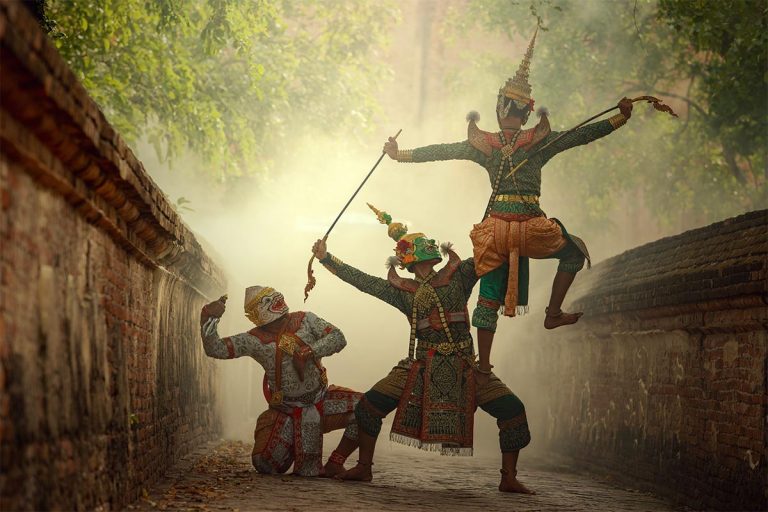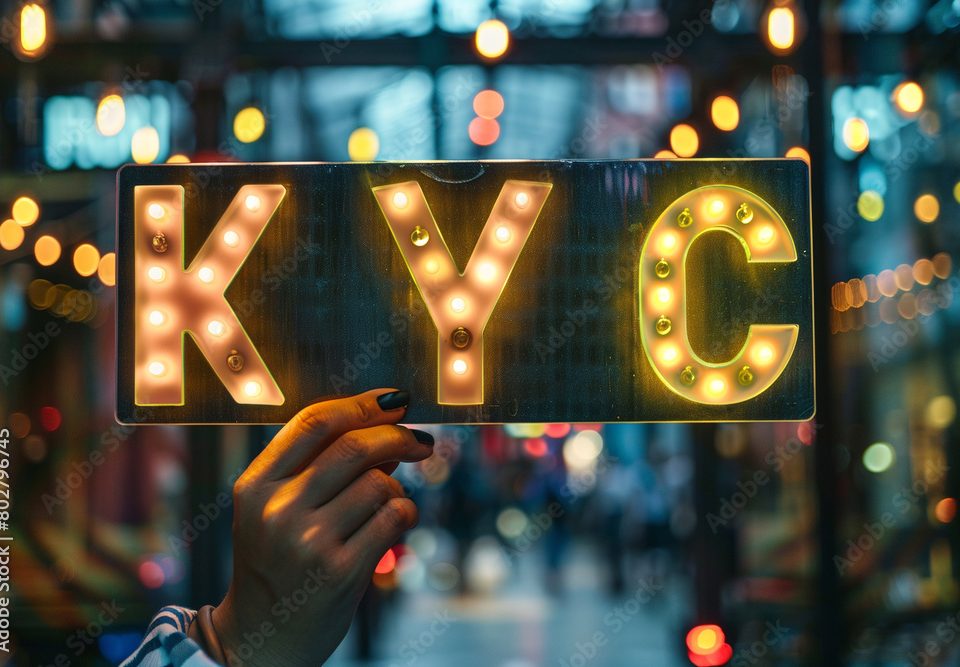
Casinos in the Crossfire of Thai Border Conflict
30 July, 2025
Thailand needs a custom-built gaming model
12 August, 2025Winna Media Insights
6 August, 2025
Thailand’s Entertainment Complexes – designing for life
Our exclusive interview with Westar Architects‘ Paul Heretakis

Paul Heretakis, RA, has more than 30 years of experience overseeing hospitality design, integrated resorts and mixed-use master planning projects globally. His focus and direction have established Westar Architects as a key player in hospitality design, as he continues to work with many of the largest gaming companies in the industry. His portfolio includes more than 1,000 casino, restaurant, retail and hotel projects throughout the U.S., Europe and Southeast Asia. He’s a perfect person to interview regarding the Thai Entertainment Complexes.
Thailand’s Entertainment Complexes must strike a balance between the needs of multiple customer groups while creating their own distinctly Thai character.
As a world-renowned casino entertainment architect, Paul Heretakis, President of the Las Vegas WESTAR Architectural Group, is perfectly positioned to assess and judge the aesthetics and people dynamics that set the very best apart from the also-rans.
With a perspective that includes a global portfolio of projects in the US, Southeast Asia, Europe and South America, Paul feels that the challenge for a casino complex is that it has to meet – and delight – several different types of customers simultaneously.

Balancing needs within Entertainment Complexes
Paul’s on record as saying that not everyone understands the intricacies of a gaming customer’s priorities when put against those of a hotel customer and other entertainment complex (EC) users.
To add further layers, the concepts for the ECs, or integrated resorts, under consideration for Thailand also include food and beverage outlets, convention centres, indoor entertainment venues and sports stadiums.
Paul adds that every site has its own pattern of use. In Macau, the ratio between gaming and retail is 80/20, while in Las Vegas it swings to 30/70.
Not only do you need to allow every customer access to the EC at the time of their choosing, but you also need to ensure that thousands of employees and suppliers can do the same. Casino customers come in many different varieties too, from the walk-ins, those staying on the site, to the VIPs chauffeured to a discreet entrance where they’re welcomed individually.

Uniquely Thai
Consider those already significant challenges against the unwritten imperative that the ECs should have an unmistakably Thai look and feel as part of their USP. “If you ask me what a uniquely Thai entertainment complex looks like, I’d say, first of all, it can’t be like a Western casino.
“If you look at the Marina Bay Sands, it looks and feels like Singapore on steroids. A casino in Bangkok needs to capture the essence of Thailand in the materials they use, the craftsmanship and the decoration – even the smells and scents they pipe through the hotel,” Paul states.
The build is just one element in the package. “The service needs to be all about the warmth and hospitality that Thailand exudes to visitors. It’s service with a smile everywhere you go. The most successful operations capture that culture, that essence.”
There are further insights about this topic here: Why Thailand is exceptional

Mega-city vs. region
Four locations in Thailand have been earmarked for EC development – Bangkok, Chiang Mai, Pattaya and Phuket. Paul highlights potentially critical differences in what Bangkok as a megacity offers versus the much smaller sites.
“The most successful casino complexes have a lot of activities – not just gaming. So, in Bangkok, you could provide a lot of entertainment options and a world-class choice of retail offerings; if you look at a list of the top 100 restaurants in the world, Bangkok has three or four in there,” Paul points out.
Every visitor to Bangkok will have a story to share about the city’s legendary traffic gridlock. In Paul’s view, the “brutal” congestion will need to be factored into the design and location of a city-based casino. He agrees that using some of the construction and development budget to fund some dedicated transport infrastructure could be a wise spend.
Focus on the compelling
If the Thai capital can use its scale to provide an all-round experience similar to other major cities the world over, the regional sites should focus on what makes them compelling destinations for millions of visitors each year.
Paul says, “They’ve got to have an element of escapism, the feeling that you’ve come to a very special place. Chiang Mai has its beautiful landscapes to visit and hike in, and Pattaya and Phuket have their water-based features like the beaches, water sports and scuba diving. You need to have a special, unique culture, and the people who personify that are critical.”
Whether they’re urban or regionally based, Paul is adamant that the balance and people flow of the ECs and how they’re linked is non-negotiable. “I want a crowded property; I want lots of people walking around. I don’t want to have empty restaurants and empty shows because that won’t feel like it’s a lucky place.”
More about Phuket here: Reimagining the Future of Thai Casinos



